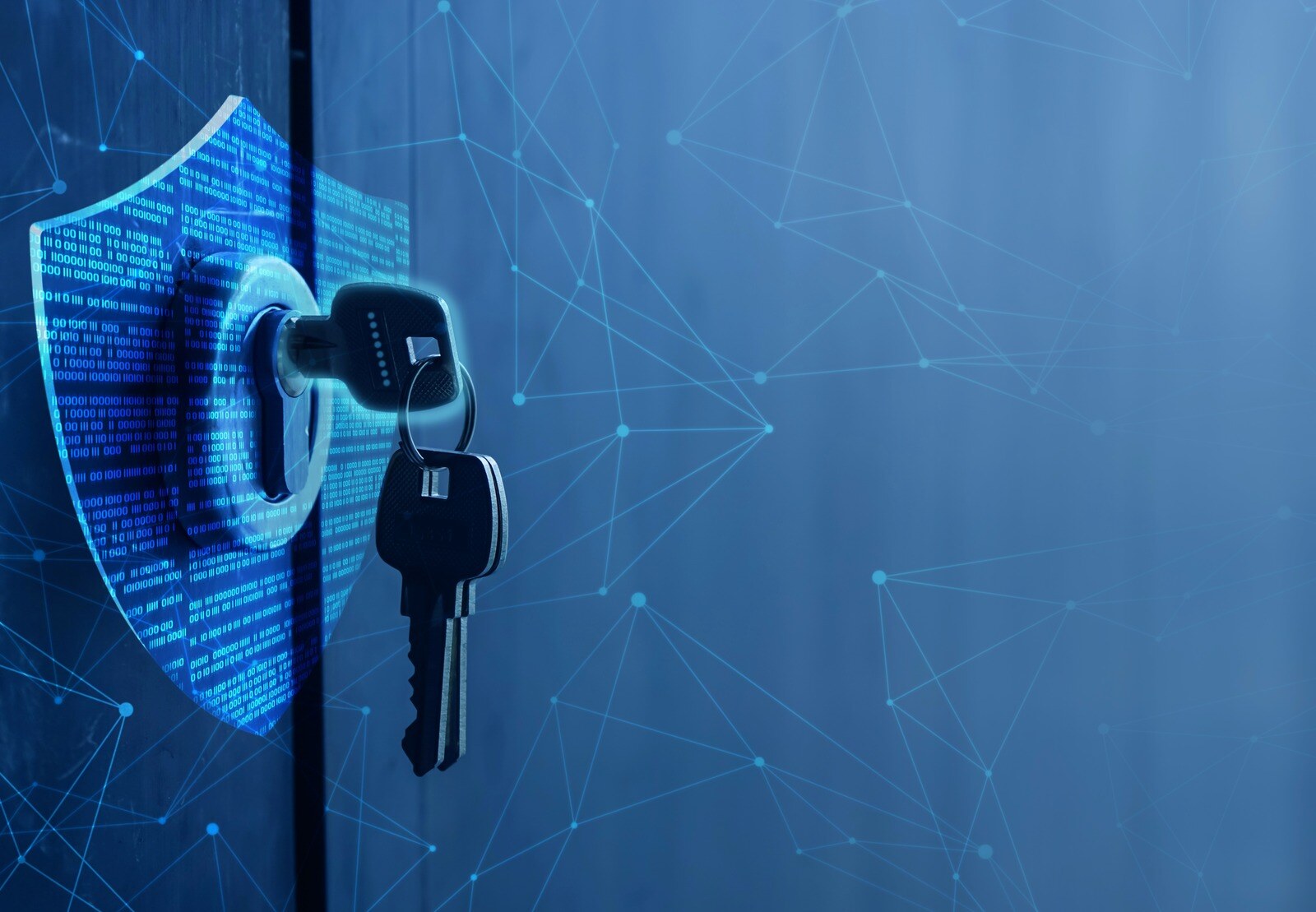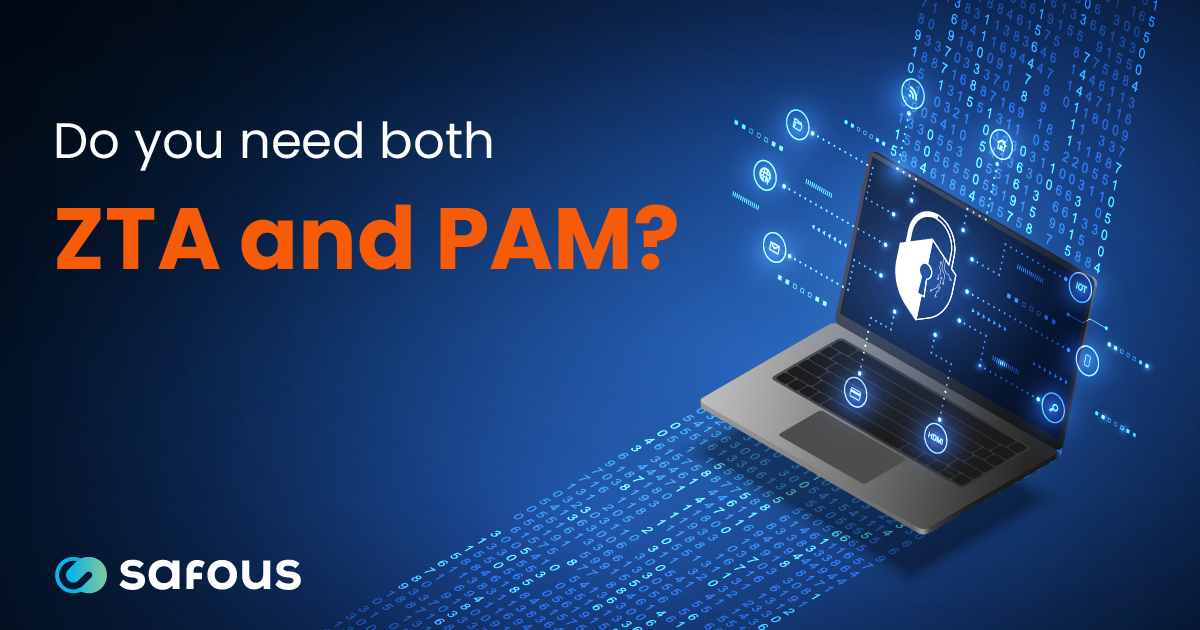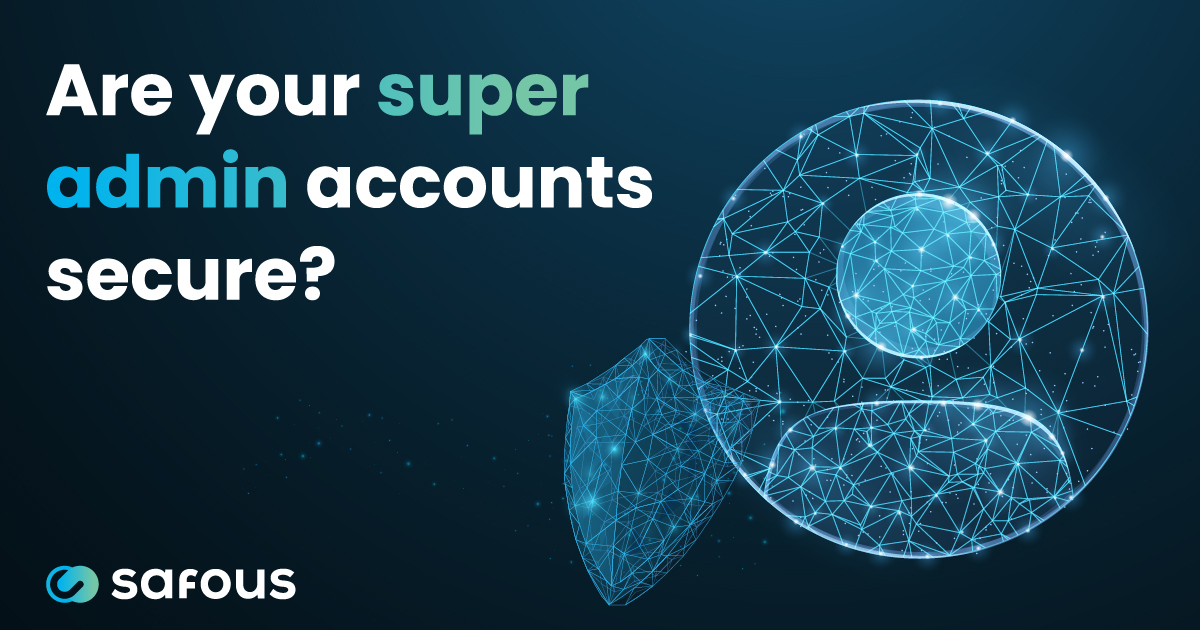Managing who can access your systems and data is one of the most important challenges modern organizations face. Cyber threats are constantly evolving, and ensuring that only the right people have access to sensitive resources is critical for protecting your business. That's where identity and access management (IAM) solutions come in.
Read on to explore how IAM works and why it’s essential for modern businesses.
What Is Identity and Access Management?
IAM combines policies, processes, and technology to manage digital identities and control access. With IAM solutions, users can access the resources they need to do their jobs while minimizing the risk of unauthorized access. This framework applies to employees, partners, vendors, and even customers, depending on the organization's needs.
Key components of IAM include:
- Authentication: This process confirms a user's identity through credentials such as passwords, biometrics, or multi-factor authentication (MFA). MFA is especially effective since it requires several forms of verification, such as a password and a one-time code sent to a user's device.
- Authorization: After authentication, IAM determines what the user can access based on their assigned roles and permissions within the organization.
- User Lifecycle Management: IAM handles the entire lifecycle of a user’s access, from onboarding and assigning permissions to modifying access as roles change and revoking access when users leave the organization.
IAM aims to balance accessibility with security, providing seamless access to authorized users while preventing unauthorized access that could compromise sensitive systems and data.

What Are the Benefits of IAM Solutions?
Some of the biggest benefits of using IAM solutions include:
Enhanced Security
IAM minimizes the risk of unauthorized access, data breaches, and insider threats. With features like MFA and role-based access controls, IAM strengthens an organization’s defenses against cyber threats.
Regulatory Compliance
Industries such as finance, healthcare, and manufacturing are subject to strict data protection laws like GDPR, HIPAA, and PCI-DSS. IAM helps organizations meet these requirements by enforcing security policies, generating audit trails, and ensuring accountability.
Improved User Experience
IAM streamlines access management by automating processes like password resets, provisioning, and single sign-on (SSO). This not only reduces administrative burdens but also provides users with faster, more efficient access to the tools they need.
Scalability for Growing Businesses
As organizations grow, managing user access across expanding teams, applications, and systems becomes increasingly complex. IAM solutions offer scalable tools that adapt to changing needs, enabling businesses to maintain security without compromising productivity.
Centralized Control and Visibility
IAM provides organizations with a unified platform to manage and monitor user access across the entire IT environment. This centralized approach improves visibility into access patterns, enabling quick identification and mitigation of potential security risks.

How Do IAM and Zero Trust Security Work Together?
IAM and zero trust security are closely linked. Zero trust operates on the principle of "never trust, always verify," requiring ongoing authentication and monitoring of users and devices. IAM plays a critical role in implementing these principles by continuously managing access and ensuring that users can only view resources they are authorized to access.
For example, in a zero-trust environment, IAM might require adaptive authentication. If a user tries to access sensitive data from a new device or location, the system could prompt for additional verification. This ensures security without disrupting the user experience.
IAM also enables organizations to enforce least privilege access, a key tenet of zero trust architecture. By limiting access to only what's necessary, organizations reduce their attack surface and minimize risks associated with compromised accounts.
How Do Businesses Use IAM Solutions?
IAM provides a unified framework to manage access across different industries, ensuring both security and usability in diverse environments. Here are some examples of how businesses use IAM:
- Healthcare: IAM ensures electronic health records (EHRs) are accessible only to authorized personnel, meeting HIPAA requirements and safeguarding patient privacy. It also facilitates secure remote access for healthcare providers.
- Finance: IAM helps financial institutions comply with regulations like PCI-DSS by securing access to payment systems and sensitive customer data. It also mitigates risks associated with third-party vendors.
- Retail: By implementing SSO and secure authentication methods, IAM improves the customer experience for e-commerce platforms while safeguarding user data.
- Manufacturing: IAM supports secure collaboration between teams and external partners by managing access to shared industrial control systems (ICS) and operational technology (OT) networks.
What Are the Differences Between IAM and PAM?
While identity and access management solutions focus on managing access for all users within an organization, privileged access management (PAM) is specifically designed to protect accounts with elevated permissions. These accounts, such as system administrators or IT managers, often have access to sensitive systems and data, making them a prime target for cyberattacks.

Key differences between IAM and PAM include:
- Scope: IAM manages access for all users, while PAM is dedicated to securing privileged accounts.
- Features: PAM includes capabilities like session monitoring, credential vaulting, and just-in-time access to reduce the risk of misuse or compromise.
- Objective: IAM aims to streamline and secure general access, while PAM focuses on protecting critical assets and reducing risks like insider threats or external breaches.
Integrating IAM with remote privileged access management (RPAM) offers a robust, simple solution for businesses looking to strengthen their security posture. Together, they address both general access management and the unique challenges of securing privileged accounts.
Strengthen Your Security With Safous ZTA
Identity and access management solutions play a big role in helping businesses secure sensitive data, simplify user access, and stay compliant with regulations. Having a strong IAM strategy ensures that only the right people can access critical systems, reducing the risk of breaches and unauthorized activity even as cyber threats become more advanced.
Safous ZTA brings IAM and RPAM together within a robust zero trust framework, offering an all-in-one solution to today’s cybersecurity challenges. With Safous ZTA, you get a unified security approach that protects against evolving cyber threats while enhancing operational control.
Ready to elevate your organization’s security? Contact us today to learn how Safous ZTA can safeguard your digital environment while simplifying access management.
Receive the latest news, events, webcasts and special offers!
Share this
You May Also Like
These Related Stories

SRA vs. RPAM: Which Is Right for Your Business?

ZTA vs. PAM: Do You Need Both?





